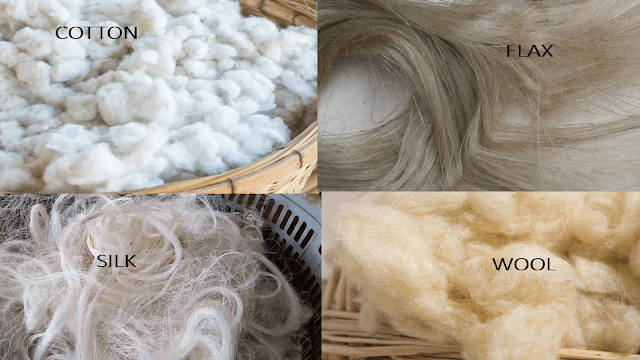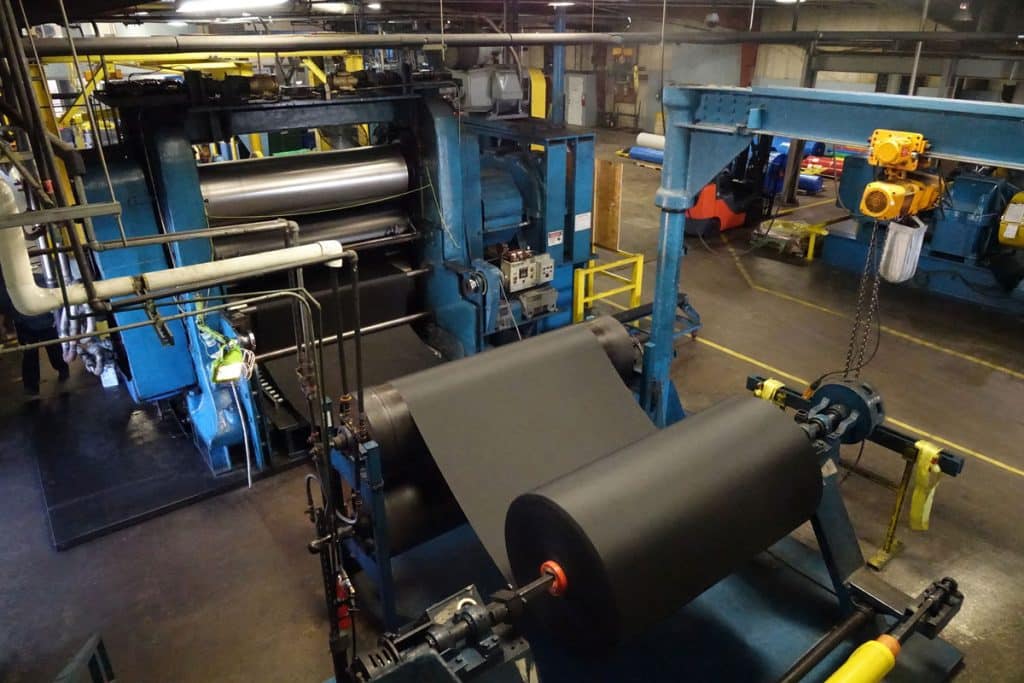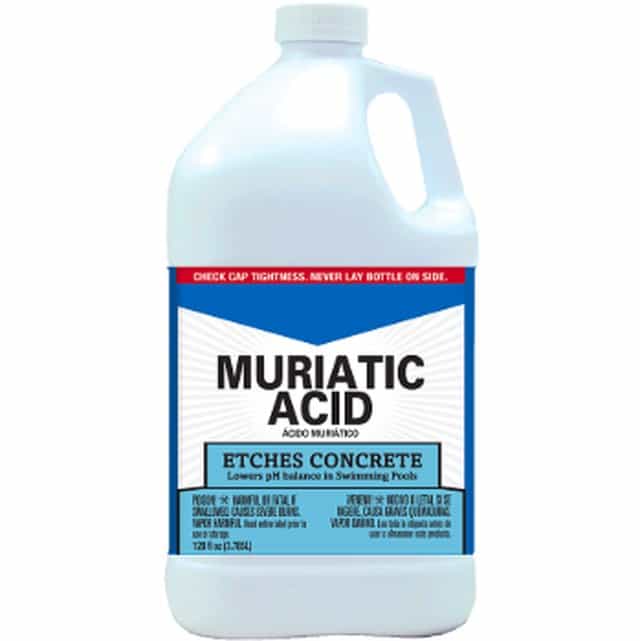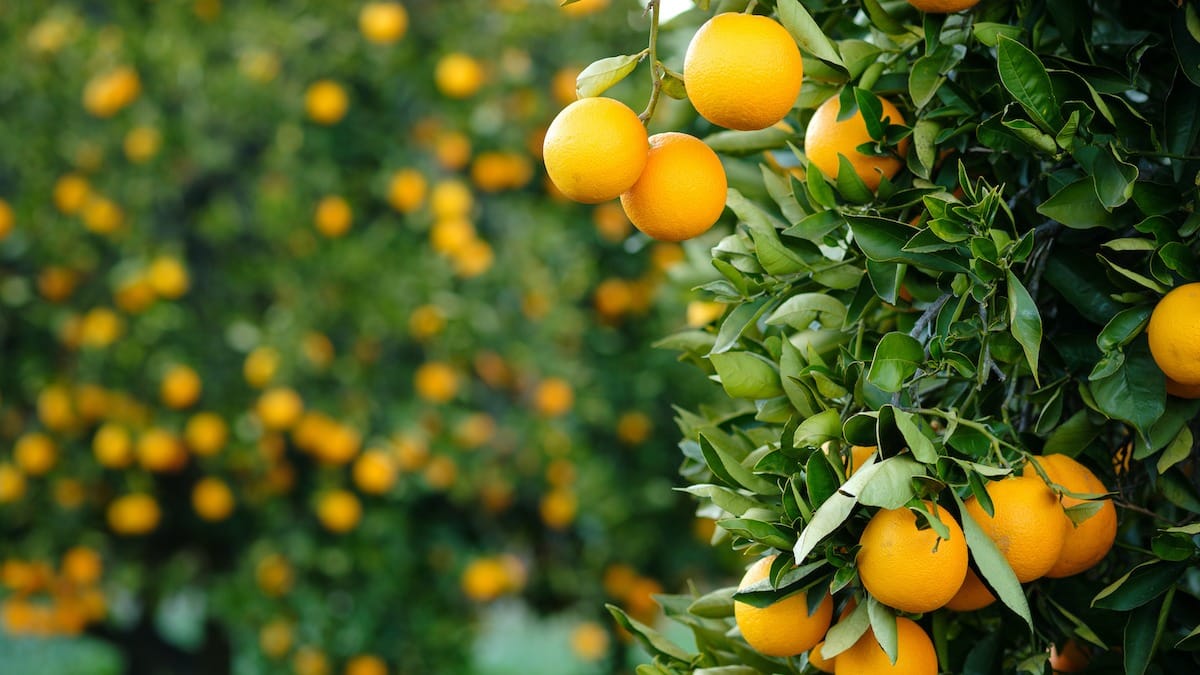Cloth making is a fascinating process that intertwines tradition and innovation.
So many people don’t realize how important fabric is to their daily lives. Yes, most of us dress every day without giving it a second thought.
However, have you ever given much thought to how many significant events and commonplace occurrences in your life are connected to a fabric of some kind?
Fabric is a big part of our lives and how we feel, from your childhood blanket to your wedding gown and your favorite pair of faded jeans.
According to PR Newswire, the global textile industry is estimated to be worth $1.23 trillion by 2025.
In this article, we’ll unravel the mystery behind how fabric is created, exploring the journey from raw materials to the cozy clothes we wear daily.

Table of contents
What are the Primary Raw Materials in Fabric/Cloth Making?

Fabric making begins with primary raw materials, and these materials play pivotal roles in determining the characteristics of the final product.
Firstly, cotton, known for its breathability and comfort, stands as a prominent player in the fabric realm. Additionally, wool, with its inherent warmth, adds a cozy dimension to fabrics. On the synthetic side, materials like polyester bring durability and resilience to the weaving table.
Additionally, Flax, the source of linen, introduces a crisp and cool texture, perfect for warm-weather garments. Silk, synonymous with luxury, contributes a smooth and lustrous touch to fabrics, adding elegance to attire.
Rayon, a versatile semi-synthetic fiber, mimics the feel of natural fibers, offering a cost-effective alternative. Nylon, recognized for its strength and durability, finds its place in various fabric blends, enhancing resilience.
Together, these raw materials weave a diverse tapestry of fabrics, meeting a spectrum of needs and preferences in the world of cloth making.
See also: Getting Latex Paint out of Clothes – How to Get Paint Out of Clothes
The Manufacturing Process of Fabric

Fabric production is a meticulous process encompassing three fundamental steps. The initial stage involves yarn production, where harvested raw materials are spun into threads. Traditionally done by hand, modern methods employ spinning wheels to expedite the process.
The fibers, drawn across the wheel, are collected on a bobbin, creating a continuous strand of yarn. Subsequently, the bobbins transition to another machine, marking the commencement of the yarn’s journey into the fabric.
Upon the completion of yarn production, the second step involves weaving the individual threads into the fabric. This intricate process occurs on a loom, where two sets of yarn, warp, and weft, come together under the control of a computer. The loom orchestrates the weaving pattern, transforming yarn into fabric.
Post-weaving, the fabric, known as greige, undergoes the final step: processing. Fresh off the loom, it appears discolored and impure. To transform it into usable textiles, the fabric undergoes a cleansing process. Bleaching purifies the base color, while various chemicals remove oils and other impurities. Once treated, the fabric is ready to be shipped to clothing and textile manufacturers.
In addition to loom weaving, alternative methods like knitting and crochet exist, each with its unique characteristics. While traditionally associated with wool, crochet is also prevalent in lace production. These handcrafted techniques, along with hand looms, remain popular choices, catering to consumers seeking artisanal and distinctive textiles.
See also: How To Sell Used Clothes Online: Best Places And How To Make Profit
Fabric Color and Design
Upon completion of the weaving process and fabric processing, the fabric, still devoid of color, requires a crucial treatment before venturing into the realm of clothing and textile manufacturing. To bring life to the fabric, it undergoes a meticulous dyeing process, ensuring it’s not confined to the simplicity of white.
The initial step involves the Mercerizer, a machine housing a chemical solution, including caustic soda, at controlled temperatures. This process, known as mercerization, enlarges the pores on fabric threads, facilitating better color absorption during dyeing. Without this step, the vibrancy of bright and bold fabrics would be unattainable.
Furthermore, the fabric undergoes washing. This is the Post-mercerization process. While still wet, it’s stretched across a metal frame, enhancing weave patterns and opening the fabric to absorb even more color. Historical fabric dyeing relied on natural sources such as crushed berries and roots, but in 1856, William Henry Perkin’s discovery of synthetic fabric dye revolutionized the process, paving the way for new colors and techniques.
In the contemporary era, reactive dyes dominate the dyeing landscape. These lab-made dyes, when applied to wet fabric, react with the fabric fibers at the molecular level, forming a robust bond that ensures the color holds steadfast. The evolution of fabric dyeing, from natural sources to sophisticated chemical compounds, underscores the continuous innovation in the textile industry.
See also: How to Get Rid of Permanent Marker Stains
How Do Designers Choose the Right Material?
The choice of material is a critical decision that significantly shapes the outcome of a garment. To start, designers often draw inspiration from existing fabric supplies. They sift through textures and looks, seeking the perfect foundation for their creations.
Moving from inspiration to creation, designers may collaborate with fabric manufacturers. In this collaborative process, designers communicate their vision, leading to the crafting of various samples by the fabric producer.
Once the samples are ready, designers meticulously analyze them, considering factors such as look, texture, color, and feel. Each element plays a vital role in determining which material aligns best with the designer’s creative vision. The selection process involves a thoughtful evaluation of each sample’s suitability for the intended design.
Furthermore, designers may explore exclusive collaborations, where fabric manufacturers create bespoke materials tailored to their unique specifications. This approach allows designers to bring their imaginative concepts to life through materials that are not only visually appealing but also align seamlessly with their creative direction.
Ultimately, the process of choosing the right material is a dynamic interplay of inspiration, collaboration, and meticulous evaluation. It is through this thoughtful selection that designers breathe life into their visions, creating garments that resonate with the ever-evolving world of fashion.
See also: How Does Dry Cleaning Work?
Evolution of Fabric and Clothing
The evolution of fabric and clothing traces a remarkable journey through human history, from the rudimentary use of animal skins for warmth to the sophisticated fabrics of the modern era. Early textiles, composed of protein and plant sources, likely draped across bodies for both clothing and bedding, unfortunately leaving little evidence due to their disintegration over time. Our insights into this ancient history come largely from the tools used in fabric creation.
In 18,000 B.C., distinctive bone sewing needles found in Russia hinted at the early use of crude clothing made by sewing animal skins. Clay tablets dating back to 8,000 B.C. showcased fabric weaving in the Middle East, coinciding with the creation of first-hand looms. Surviving fabric scraps from Anatolia around 6,500 B.C. revealed the use of linen, wool, and flax, spun by hand or woven on primitive looms.
China entered the fabric narrative around 2,800 B.C., introducing silk production that became a global trade commodity. The 1st century A.D. marked the popularity of cotton and wool production, accompanied by advancements in looms and the invention of the spinning wheel, contributing to the earliest evidence of knitted fabric.
The Industrial Revolution in the 19th century brought about localized fabric production, with raw materials like silk, lace, and linen traded among the wealthy. However, the advent of steam and water-powered machinery shifted production to centralized factories in Western Europe and North America.
A pivotal moment occurred in 1891 with the invention of the world’s first synthetic fibers in France, known as Chardonnet silk, later named rayon. The subsequent introductions of nylon in the 1930s and polyester revolutionized fabric composition, significantly reducing the cost of clothing. Today, a substantial portion of fabric comprises these synthetic fibers, marking a dynamic progression in the history of fabric and clothing.
The Business of Fabric and Fashion
The journey of freshly woven and dyed fabric from production to the global fashion stage is a fascinating process that significantly shapes the industry.
Design houses in major fashion capitals, such as London, Paris, Milan, New York, and Los Angeles, play a pivotal role in transforming raw fabric into garments showcased in annual fashion shows. These shows set the tone for fabric and fashion trends, with manufacturers swift to replicate the latest styles.
Fashion designers navigate the fabric landscape in two ways. Firstly, they draw inspiration from existing fabric supplies, using textures and looks as the foundation for innovative designs.
Alternatively, designers collaborate with fabric manufacturers to create exclusive materials tailored to their vision. Fabric producers craft a range of samples, allowing designers to select the material that best aligns with their desired look, texture, color, and feel.
The majority of fabric production is now centered in Asia, particularly led by China, Bangladesh, and India. These countries dominate the fabric and clothing production scene due to lower wages and workplace safety standards, although this has raised concerns about poor working conditions for garment workers worldwide.
However, a growing trend towards locally produced fabrics is gaining momentum, especially in the United States. The “Made in America” sentiment is a powerful marketing tool for fabric and apparel manufacturers.
American Apparel, the largest fabric and apparel producer in the United States, emphasizes its anti-sweatshop stance, highlighting an average employee wage of $12 per hour. Their commitment to fair labor practices presents a significant competitor to the Asian and Indian fabric markets, marking a shift towards more ethically produced and locally sourced fabrics.
See also: 15 Best Laundry Hamper For College Students | Ranking
FAQs
Most of the natural materials will have fibers that can be broken down and twisted into long threads or yarns. This is called spinning. Plants like cotton and linen, silk, and even wool from sheep, are “spun” into these long threads which are then woven into the finished material.
The fabric usually used in the clothes we wear is produced through two processes: the “spinning process,” where raw cotton is turned into thread, and the “weaving process,” where the thread is woven into fabric.
Hand spinning can be done by using a spindle or the spinning wheel. Spinning turns the carded wool fibers into yarn which can then be directly woven, knitted (flat or circular), crocheted, or by other means turned into fabric or a garment. The spinning wheel collects the yarn on a bobbin.
There are two types: natural and synthetic. Natural fibers are obtained from plants and animals. For example, cotton comes from plants while silk comes from silkworms. Synthetic fibers, on the other hand, are made entirely of synthetic matter created by man.
Fabric usually refers to items that are designed for clothing – like shirts, trousers, etc. Textiles can be made into clothes, but they can also be used for other things like bed sheets, carpets, etc. Fabric is made through weaving, sewing, or stitching techniques, whereas textiles are only made from woven fibers.
Conclusion
The journey from raw materials to the final garment is a complex yet fascinating process. Cloth making combines age-old techniques with modern innovations, producing the diverse array of fabrics that adorn our lives.
Understanding this intricate process allows us to appreciate the craftsmanship behind the clothes we wear daily.
References
- Howstuffworks.com – How is fabric created?
- Sewguide.com – How is fabric made: 15 steps to transform Fiber to Fabric
Recommendations
- How to Tuck: Fashion Adjustment Technique
- How to Thread a Sewing Machine: Creative Ingenuity in Textile Crafting
- How to Get Chocolate Out of Clothes: Stain Removal Expertise
- How to Remove Slime From Clothing
- How to Remove Dry Erase Marker from Clothes
- Cleaning Vinegar vs. White Vinegar: Uses Around the House
DISCLOSURE: This post may contain affiliate links, meaning when you click the links and make a purchase, we receive a commission.






1 comment
Comments are closed.